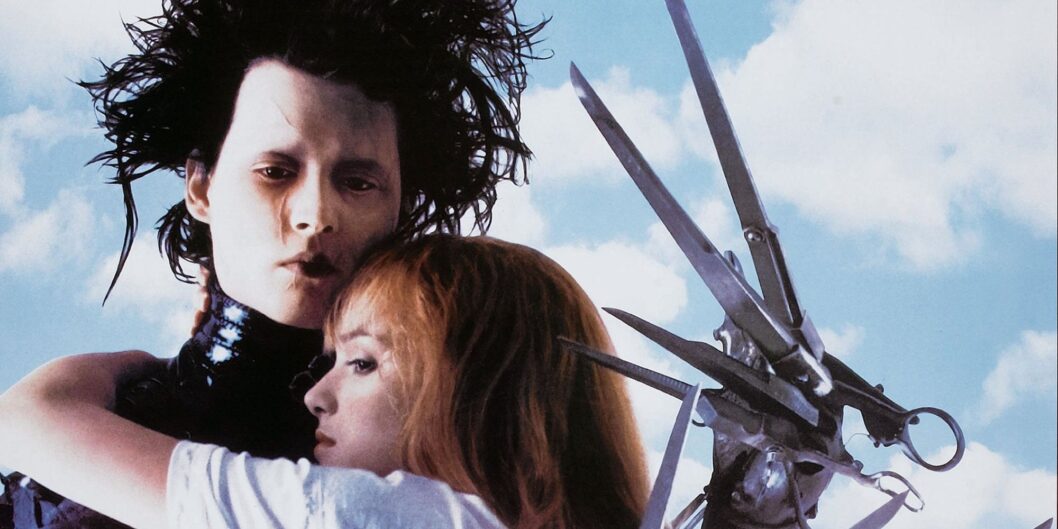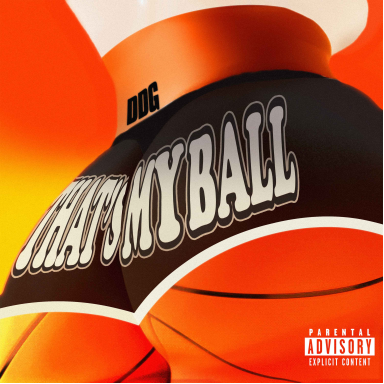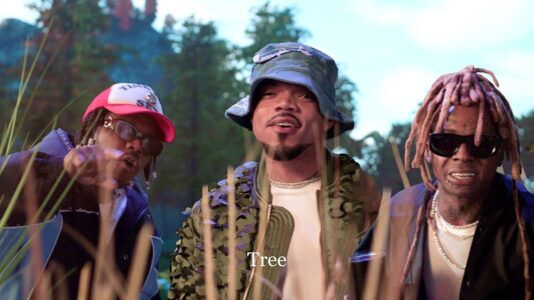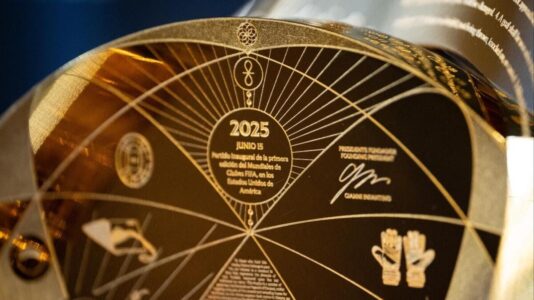Exploring the Distinctive Cinematic Worlds of Tim Burton
Tim Burton has long been recognized for his unique stylization and imaginative storytelling that combines whimsy with dark themes. Known for both his successes and missteps in the film industry, he has crafted a varied body of work that resonates with audiences whether they adore or critique it. This article examines a selection of his most acclaimed films, highlighting their critical reception and what they contribute to Burton’s artistic identity.
The Rise and Fall of Tim Burton’s Filmography
Tim Burton, whether at his creative peak or experiencing setbacks, consistently captures a sense of style that is unmistakably his own. His films often evoke strong reactions—some enchanting viewers while leaving others divided. From commercially successful films like Alice in Wonderland (2010), which grossed over $1 billion, to more polarizing works like Mars Attacks (1996), Burton’s eclectic collection reflects a myriad of genres.
Despite the divergences in reception, Burton’s films retain a distinct visual and narrative style that few can replicate. Critics often compare him to contemporaries like Wes Anderson; however, Burton’s work stands out in thematic exploration and aesthetic flair. Acknowledging his versatility across genres is crucial in appreciating his artistic journey.
Notable Films in Burton’s Cinematic Repertoire
1. Ed Wood (1994)
Starring: Johnny Depp, Martin Landau, Sarah Jessica Parker
Release Date: October 7, 1994
Runtime: 127 minutes
Ed Wood is often heralded as Burton’s richest work, expertly blending comedy and drama. This biopic chronicles the life of Edward D. Wood Jr., known for creating some of the worst films in history, yet it champions the creative spirit. The film doesn’t shy away from unveiling the struggles of its titular character while celebrating the value of pursuing one’s artistic passions despite ridicule. The choice to shoot in black-and-white echoes Wood’s own film efforts, adding a layer of authenticity as it navigates the complexities of filmmaking and the persona of its infamous subject.
2. Edward Scissorhands (1990)
Starring: Johnny Depp, Winona Ryder, Dianne Wiest
Release Date: December 7, 1990
Runtime: 105 minutes
In Edward Scissorhands, Burton crafts a modern fairy tale about a gentle creature with scissors for hands who navigates a world that finds him both quaint and threatening. This film encompasses themes of isolation and acceptance, showcasing Burton’s ability to weave heartfelt narratives into visually stunning tapestries. Here, he expertly balances a sense of wonder with profound sadness, a hallmark of his storytelling that resonates deeply with audiences.
3. Beetlejuice (1988)
Starring: Alec Baldwin, Geena Davis, Winona Ryder
Release Date: March 30, 1988
Runtime: 92 minutes
Beetlejuice emerged as one of Burton’s defining works due to its eccentric take on death and the afterlife. This comedic horror film showcases a dead couple attempting to haunt their home from the afterlife, employing a quirky blend of humor and supernatural elements. Michael Keaton’s iconic performance as the titular character solidified his status as a cult classic, and the film’s whimsical tone encapsulates Burton’s offbeat charm.
4. Sweeney Todd: The Demon Barber of Fleet Street (2007)
Starring: Johnny Depp, Helena Bonham Carter, Alan Rickman
Release Date: December 21, 2007
Runtime: 116 minutes
Transitioning into a gothic musical, Sweeney Todd demonstrates Burton’s versatility. The film masterfully combines horror, dark humor, and musical elements as it narrates the tale of a barber who seeks revenge through gruesome means. Burton’s flair for the macabre shines through as he explores themes of vengeance, morality, and the consequences of one’s actions, all while delivering visually compelling songwriting that captivates audiences.
5. Batman (1989)
Starring: Michael Keaton, Jack Nicholson, Kim Basinger
Release Date: June 23, 1989
Runtime: 126 minutes
Burton’s take on the superhero genre with Batman redefined film adaptations of comic book characters. With Jack Nicholson’s commanding performance as the Joker juxtaposed against Michael Keaton’s portrayal of Batman, this film crafted a dark yet accessible narrative. Burton’s visual style imbues the film with a gothic aesthetic, ensuring that even mainstream superhero fare maintains his signature flair without losing mass appeal.
Conclusion: The Timeless Influence of Tim Burton
Tim Burton’s filmography, spanning over three decades, illustrates his unique approach to storytelling that blends the surreal with the poignant. His films are marked by a distinct visual style and thematic depth that delve into the human condition, ultimately examining the intersection of beauty and grotesqueness in life.
As audiences continue to reflect on his works, it becomes clear that Burton’s influence extends beyond mere entertainment; it evokes conversations about creativity, individuality, and the myriad narratives that define the human experience. Whether viewed as classics or controversial, his films invite viewers into a unique world—one that balances whimsy with weight, leaving a lasting impact in the cinematic landscape.









